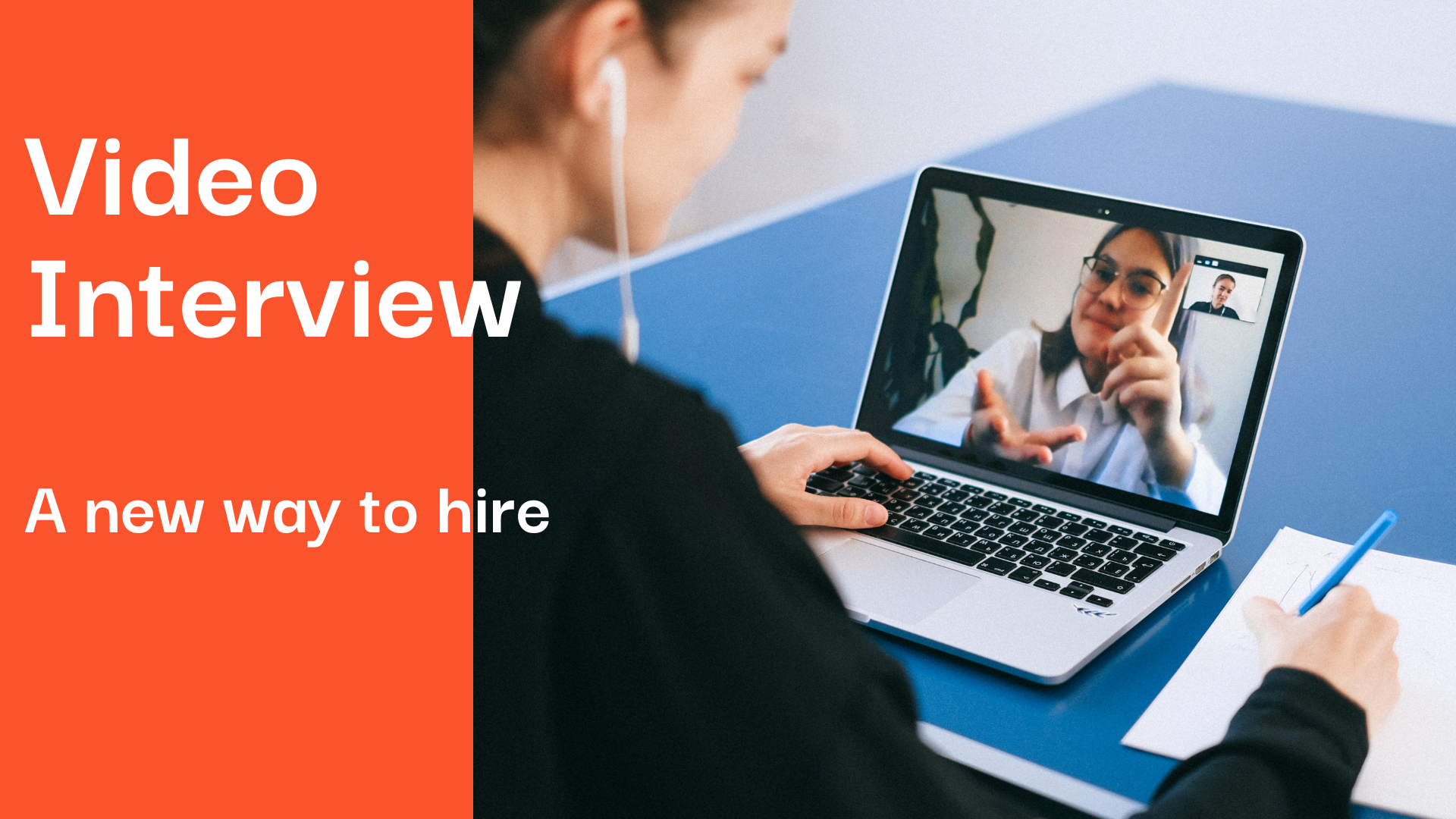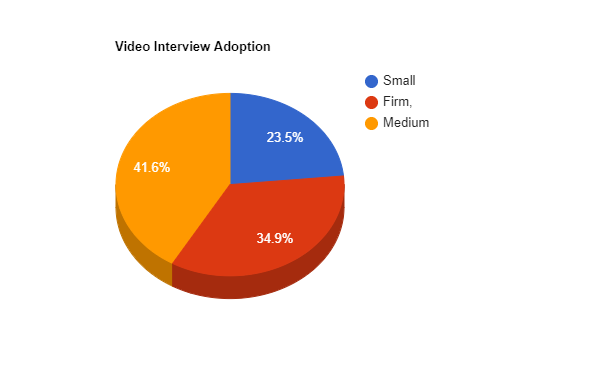Introduction
In recent years, video interviews, both live and pre-recorded, have surged in popularity across HR and recruitment channels. A recent survey reveals that over 50% of companies now employ video interviewing methods, with 29% utilizing specialized video assessment platforms. This transformation is driven by the efficiency, fairness, and broad reach that video-first hiring tools offer.

Why Organizations Are Moving to Video Assessment Platforms
1.
Two Main Interview Formats
-
Live Video Interviews:
Real-time virtual conversations, sharing traits with in-person interviews.
-
Pre-recorded (Asynchronous) Interviews:
Candidates record responses to pre-set questions at their convenience. Platforms like Evalufy notify hiring teams when submissions are ready.

2.
Key Advantages of Video Interviews
a. Faster Time-to-Hire
- 62% of HR teams agree video interviews significantly cut down hiring time.
- These tools enable simultaneous review of multiple candidate responses, accelerating shortlisting and allowing the strongest candidates to proceed quickly.
b. Lower Cost-per-Hire
- Video interviewing enables bulk outreach and swift evaluations, lowering recruitment costs by up to 50%.
- Minimizing vacancy duration ensures operational continuity and financial health.
c. Breaking Geographical Barriers
- 84% of firms reported reduced candidate travel needs thanks to video interviews.
- Employers can now tap into global talent pools without time-zone or travel limitations.
- Ideal for remote-first or multi-location hiring models.
3.
AI-Powered Insights
Modern platforms increasingly incorporate AI to analyze non-verbal cues such as tone, facial expressions, and body language. Evalufy, for instance, uses smart video-type questions to deliver deeper candidate insights.
Structured Guide to Implementing Video Interviews
| Step | Action | Benefit |
|---|---|---|
| 1 | Define goals (e.g. screening, remote hiring) | Clarifies process and tech requirements |
| 2 | Choose your format: live, pre-recorded, or hybrid | Aligns with team bandwidth and candidate experience |
| 3 | Select a platform with desired features | Look for bulk invites, built-in AI scoring, scheduling tools |
| 4 | Develop screening questions | Ensure relevance and structure for consistent responses |
| 5 | Train panel in best practices | Standardization promotes fairness and reduces bias |
| 6 | Communicate clearly with candidates | Explain expectations, tech requirements, and interview steps |
| 7 | Analyze results with team | Use interview data to shape candidate journey and make decisions |
Overcoming Common Concerns
1.
Candidate Anxiety
- Provide sample questions and test environments.
- Offer practice runs to boost confidence.
2.
Technology Barriers
- Choose platforms optimized for low-bandwidth situations.
- Offer simple guides and responsive support.
3.
Bias & Fairness
- Use structured, standardized questions.
- Implement AI moderation and calibration to minimize bias.
Final Thoughts
Video interviewing isn’t just a trend it’s a strategic shift in recruitment. It enhances efficiency, lowers costs, and democratizes access to talent no matter the location. From reducing time-to-hire to delivering richer candidate insights via AI, it’s clear why this method is becoming the new norm.
By adopting video-first hiring:
- Your team gains speed and flexibility.
- Candidates enjoy a more accessible and scalable experience.
- Organizations benefit from smarter, data-backed hiring decisions.
Have questions or need help launching video interviews at your organization? Reach out to us at [email protected]







